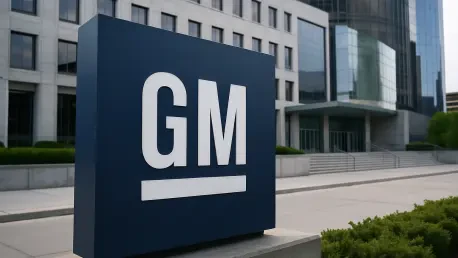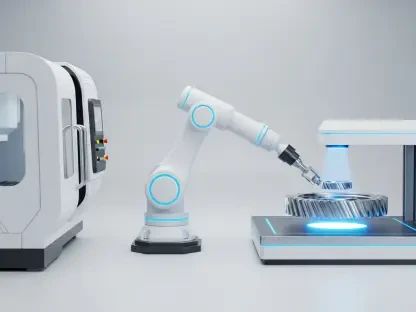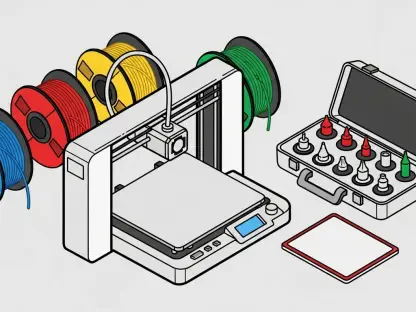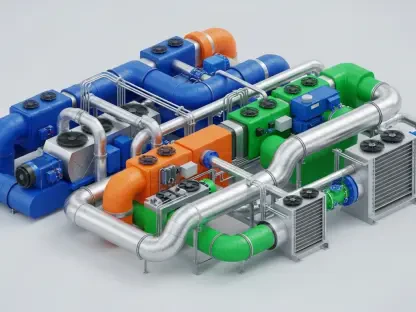General Motors (GM) has recently made headlines by deciding to increase its production of internal combustion engine (ICE) vehicles. This move marks a pivot from its prior emphasis on the development and proliferation of electric vehicles (EVs). Prominent models such as the Chevrolet Silverado, GMC Sierra pickups, and Cadillac Escalade SUVs are at the forefront of this strategy, benefiting from heightened production efforts. GM’s decision reflects a pragmatic response to the fluid dynamics of the automotive market and a recalibration of its strategic objectives. The company is optimizing its portfolio to address current consumer demands for traditional fuel-driven vehicles while sustaining profitability. It aims to navigate the complexities of the automotive industry by leveraging high-demand models amid changing market conditions and shifting policies. GM’s adaptation exemplifies a broader industry trend wherein automakers reassess their commitments to EVs amidst evolving consumer preferences and regulatory landscapes.
Economic and Policy Influences
GM’s decision to boost ICE production is rooted in several economic and policy-driven influences that have redefined the automotive industry landscape. Notably, the costs associated with transitioning to an all-electric lineup have proven significant, especially in light of recent changes in governmental policy affecting EV incentives. The elimination of tax rebates for electric vehicles in the United States has curtailed consumer traction for EV products and, consequently, GM’s short-term production objectives. Given this landscape, GM has recalibrated its production priorities to capitalize on established, financially robust models. This approach is further underscored by buoyant sales for ICE vehicles during the opening months of 2025, which presented GM with compelling reasons to stay the course with its ICE portfolio. These factors underline GM’s market-driven approach, highlighting the company’s versatility in responding to external pressures to maintain profitability.
Strategic Plant Adjustments
Central to GM’s strategy shift is the reconfiguration of its manufacturing facilities to accommodate increased ICE production, most notably the Orion Assembly plant in Michigan. Initially planned as a hub for heightened EV manufacturing, this plant will now pivot to producing additional gas-powered pickups and luxury SUVs. This change highlights a significant departure from GM’s earlier commitment to a wholly electric future, underscoring a strategic pivot towards maximizing existing revenue streams. The Orion plant previously faced delays in its EV production capabilities, reinforcing GM’s decision to prioritize more immediate and assured profit avenues through its top-selling gasoline-powered models. Furthermore, the Tonawanda Propulsion plant in Buffalo, NY, is slated to receive a substantial investment amounting to $888 million. This financial commitment will aid in producing next-generation V8 engines, reflecting GM’s confidence in robust ICE demand. These plant adjustments signify a strategic alignment of production resources consistent with market realities, showcasing GM’s adaptability.
Supply Chain and Production Logistics
GM’s reorientation necessitates profound adjustments across its supply chain and production logistics, particularly impacting its various facilities located in Michigan. While the Orion Assembly plant will shift focus from near-term EV output, it remains vital in producing batteries for current EV models produced at Factory Zero. This decision reflects a nuanced approach, balancing immediate production priorities with long-standing electric initiatives. Despite reallocating resources, Orion’s commitment to GM’s Energy Storage facility persists, demonstrating a diversified production strategy. GM’s holistic reevaluation of plant utilization highlights its responsiveness to fluctuating consumer needs and market uncertainties while maintaining investment in future capabilities. The strategic alignment across production sites represents a calculated effort to optimize efficiency and profitability, reinforcing GM’s determination to balance its ICE and EV aspirations. This pragmatic response to external market pressures aligns with broader automotive industry trends and showcases GM’s strategic foresight.
Navigating Market Realities
GM’s comprehensive strategic adjustment reflects a deep understanding of the evolving automotive market and broader industry trends. While the company introduced aggressive timelines for achieving an all-EV lineup by 2035, current market realities have prompted a reevaluation of those objectives. This adaptation aligns with a consensus within the industry that fully transitioning to electric mobility is not immediate but requires careful consideration of economic, market, and policy factors. While maintaining its commitment to future EV advancement, GM’s strategy demonstrates flexibility by optimizing profitability in the present. This shift highlights a dual-focused approach that capitalizes on ICE vehicles’ current demand while progressively pursuing electric ambitions. Such strategic recalibration underscores the need for automakers to balance technological innovation with market readiness, ensuring economic sustainability. GM’s actions illustrate how the company navigates the complex interplay between existing model successes and long-term technological advancements, setting a precedent for adaptability in the industry.
Future Prospects and Strategic Insights
General Motors (GM) recently garnered attention for its decision to boost production of internal combustion engine (ICE) vehicles, signifying a shift from its previous focus on electric vehicles (EVs). This change in direction is exemplified by increasing output of popular models like the Chevrolet Silverado, GMC Sierra pickups, and Cadillac Escalade SUVs. GM’s decision underscores a practical response to the ever-changing automotive market landscape and a realignment of its strategic goals. The company aims to optimize its vehicle lineup by addressing the current consumer demand for fuel-powered vehicles while ensuring continued profitability. By focusing on high-demand models during fluctuating market conditions and shifting regulations, GM is maneuvering through the complexities of the auto industry. This shift is indicative of a broader industry trend, where automakers are re-evaluating their commitment to EVs amid evolving consumer preferences and regulatory requirements, trying to balance innovation with market realities.









